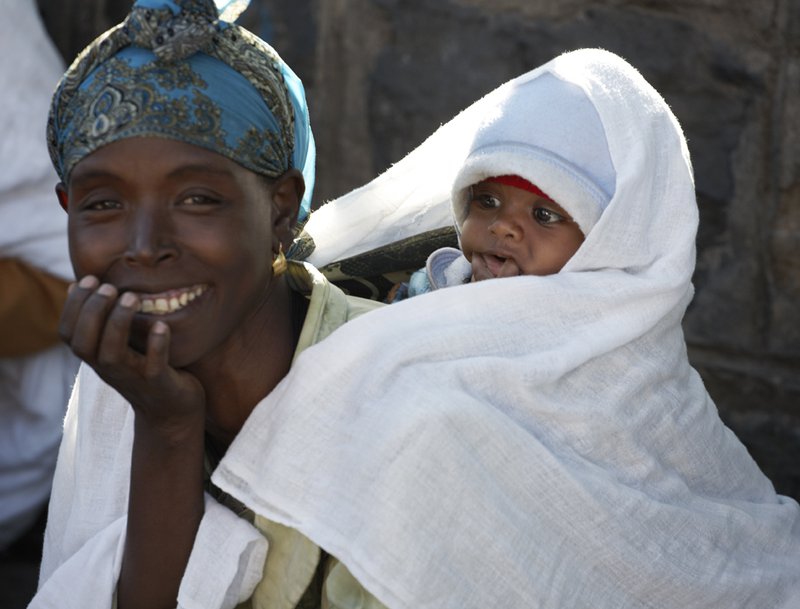Implementation Science – The Science of How to do What
I recently read a great opinion piece in the New York Times titled ‘Ideas Help No One on a Shelf. Take Them to the World’. The writer, Tina Rosenberg, stated, “Whatever problem possesses you, we already have plenty of ways to solve it. Many have been rigorously tested and have a lot of evidence behind them — and yet they’re sitting on a shelf. So don’t invent something new. If you want to make a contribution, choose one of those ideas — and spread it.”
Choose an idea and spread it
Ms. Rosenberg was referring to health interventions, but in nutrition, we face a similar situation. Over the last 30 years we have made tremendous progress in identifying high impact interventions that not only save lives but improve health and wellbeing. These include exclusively breastfeeding from birth to six months, providing nutritious and fortified foods to older infants and young children, and reducing the risk of infection through hand washing with soap, boiling water before drinking it, and safe methods of food storage. We have sufficient evidence to set an overall direction for nutrition policies, but the evidence and research that can guide us on how to operationalize these strategies is not well developed.
There are nutrition scientists that have dedicated their careers to advancing research on how to operationalize nutrition strategies. This research is labeled as effectiveness trials, process evaluations, contextual analysis and decision-making tools, operations research, or pilot studies. In my opinion these are all elements of implementation. We should seek to unify and integrate these different elements under the single umbrella of ‘implementation research’ because the challenge of delivering improved health is more than what can be achieved by individual or institutional research agendas alone.
Experience + Evidence
Immanuel Kant said that “Science is organized knowledge. Wisdom is organized life”. The comparison of knowledge and life, science and wisdom, is the very essence of implementation science. Scientists are experts at organizing knowledge and facts. Practitioners and professionals, working in the field, rely on experience to operationalize nutrition strategies. Combining both the evidence (the work of the scientists) and the experience (the work of practitioners), would be a powerful way to leverage our collective knowledge and wisdom towards the shared goal of improving nutrition in the communities where we work and live.

Photo credit: Sight & Life
Let me share with you the story of my friend, Gloria. Gloria is the Nutrition Director at the National Health Services in a sub-Saharan country. The Minister of Health decided to focus on exclusive breastfeeding and asked Gloria to recommend strategies to include in the national action plan. Through a literature search on PubMed, Gloria learned that exclusive breastfeeding can be improved through a mother being able to access a certified lactation consultant, being part of peer support groups, and delivering her baby at an accredited Baby-Friendly hospital. After further deliberation, the Minister of Health prioritized a national counselling and peer support program. Gloria knew that for the program to truly work, it required four visits from the lactation consultant - two while mother and baby were in hospital and two at home - and that the support group program required monthly participation until the baby was six months old. Gloria was not sure if this program would be feasible in her country, nor whether the entire program was needed. She decided to ‘learn by doing’. Gloria successfully negotiated with the Minister of Health to approve a pilot study ahead of the national rollout.
Gloria collaborated with a local professor at the university, Silvia, to undertake an implementation-effectiveness study with four pilot sites. The research focused on implementation outcomes including acceptability, adoption, appropriateness, feasibility, fidelity or how well the program was implemented according to a plan, implementation cost, coverage, and sustainability of the intervention. The research answered two critical questions - will the intended support and counselling program be efficacious? What components of the program are associated with improved breastfeeding behaviors? Running the pilot program gave them a ‘safe’ space to adapt, learn, and modify elements of the program before it was launched at the national level. By the end of the pilot study, Gloria and Silvia had taken ‘an innovation to the world’ and in the process had learned about what works, for whom, and how it works in their specific context. In addition, they saved the Ministry of Health from making some expensive mistakes when the program was rolled out nationally.
Knowledge is knowing a tomato is a fruit. Wisdom is not putting it in a fruit salad.
This is what implementation science can do. It can create a culture for learning and research and for using research to make informed decisions about programs. It is as valuable and critical as any of the other areas of our nutrition research. As we enter the SDG era and scaling up moves from talk to action, implementation research will become indispensable in our nutrition work.
Eva Monterrosa is a Scientific Manager at Sight & Life. For more information on implementation science in nutrition, visit the new Society for Implementation Science in Nutrition.